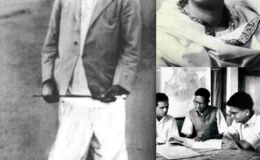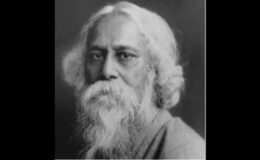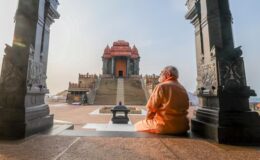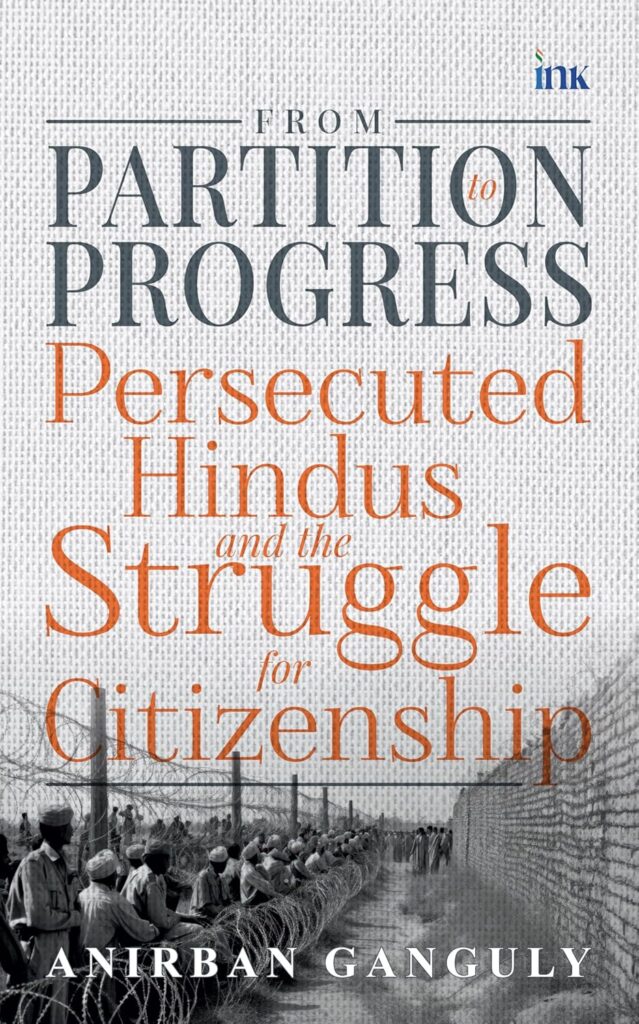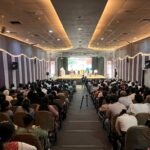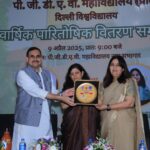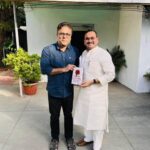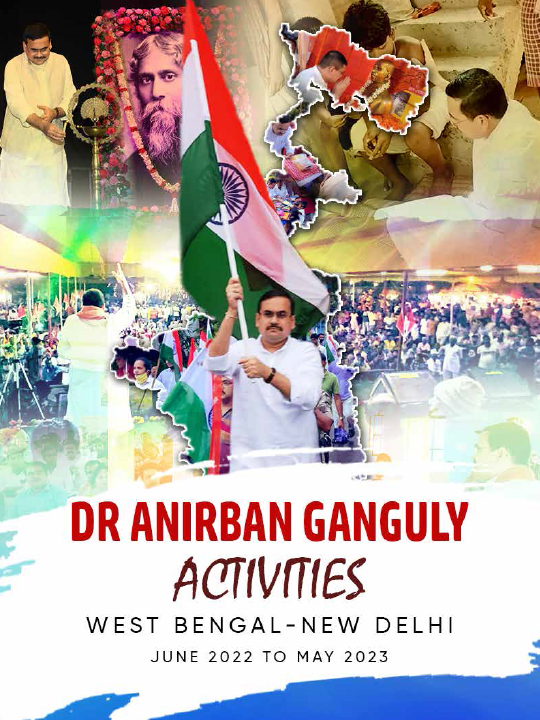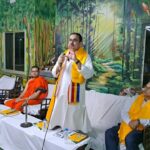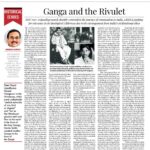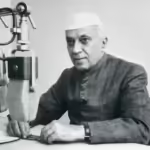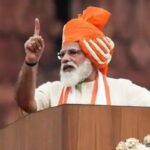NOT JUST POLISHING UP OF THE OUTSIDE
- By : Anirban Ganguly
- Category : Articles
The civilisational goals of education cannot be met unless India rediscovers its ancient ‘science of the interior’ or adhyatmavidya
Later this week 300 odd heads of educational institutions from across the country shall converge upon the national capital to deliberate upon the goal, the vision and the status of Indian education. Under the same initiative, a series of seminars on Indian education has already been held across the country in various universities and it has thrown up a remarkable number of papers and ideas.
Swami Vivekananda’s education vision and thought is the inspiring cause for this national education convergence. India’s educational condition and direction was one of the prime constants that occupied the Swami thoughts and inspired some of his actions. He was one of the first to pose the fundamental question with which we seem to continue to grapple: “What is the goal of your education.”
The Indian civilisational goal of education was, for him, different; it was not, as he termed it, a mere polishing up of the outside. In course of one of his conversations as early as 1899, when the movement for formulating a national education for India was in its initial stages, the Swami mentioned how the Indian indigenous education network was destroyed by the colonial system of administration. It was also a point that Mahatma Gandhi reiterated in the 1930s, when he observed how the “beautiful tree” of Indian education was uprooted and destroyed by the British.
When the Swami lamented how “property and lands granted by previous Governments [indigenous Indian Governments] for supporting education have been swallowed up, and the present Government [British Government in India] spends even less than Russia [Czarist] in education. And what an education? The least show of originality is throttled”, he was essentially referring to the degradation of Indian society from a ‘knowledge society’ with clear educational goals to one which ensured a regular supply of clerks for running the colonial machinery.
Testimonies to India as a thriving knowledge society in the past abound. Hsüan-tsang in his impressions of India discussed in detail the facets and methods of Indian education as he witnessed it. Among the various vidyas he saw being taught in India were the arts, medicine and the ‘science of the interior’ or adhyatmavidya. This, last one was the unique features of Indian education, one of its primary goals, the goal that Swami Vivekananda referred to.
At a later epoch, colonial records abound on how widespread the educational network of schools and universities in India was. A 17th century record of Indian education by Italian explorer Pietro Della Valle who had visited Surat and the coast of Malabar talks of Indians as “particularly anxious and attentive to instruct their children to read and to write. Education with them is an early and an important business in every family. Many of their women are taught to read and write.” Descriptions of Indian education in the 18th century, again by Western observers also speak of some of the unique features of Indian education. The teacher’s role and respect was something that the Westerner could hardly imagine.
Frao Paolino Da Bartolomeo in his travelogue mentions how the “education of youth in India is much simpler, and not near so expensive as in Europe” and also how the teacher was widely respected “When the guru, or teacher, enters the school, he is always received with the utmost reverence and respect. His pupils must throw themselves down at full length before him; place their right hand on their mouth, and not venture to speak a single word until he gives them express permission.”
The goals and systems were eventually lost and Indian education was deprived of its unique features. Swami Vivekananda was the first to call for a national regeneration in education. The education meet in the national capital may do well to chart out a course for such a renaissance within the present context. That would be a true tribute to the Swami and his grand legacy.

